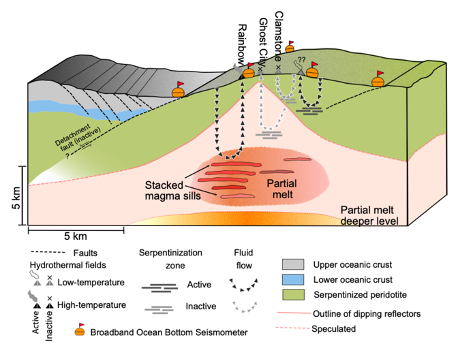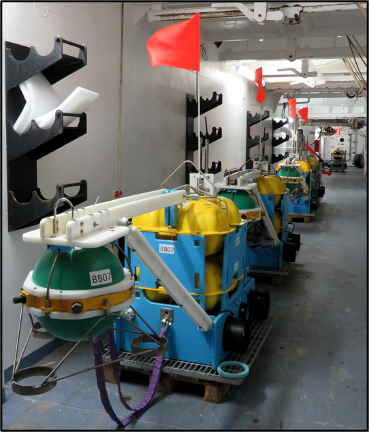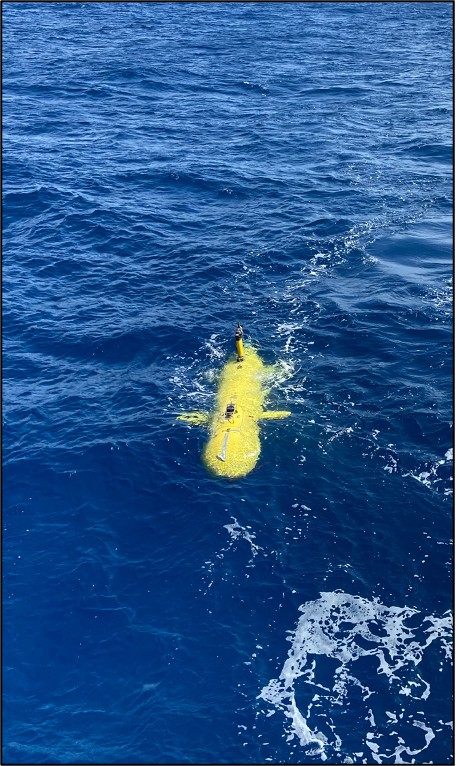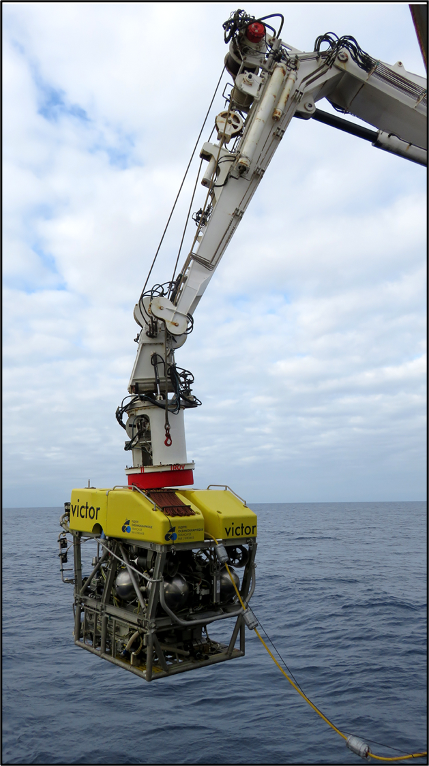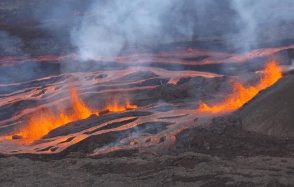Arc-en-Sub oceanographic mission to the Azores
To the well-known tune of the Beatles' "Yellow Submarine", an international team of 21 scientists, including six from IPGP, set sail for the Azores aboard the oceanographic vessel "Pourquoi Pas?" as part of the Arc-en-Sub mission, from May 5 to June 2, 2022.
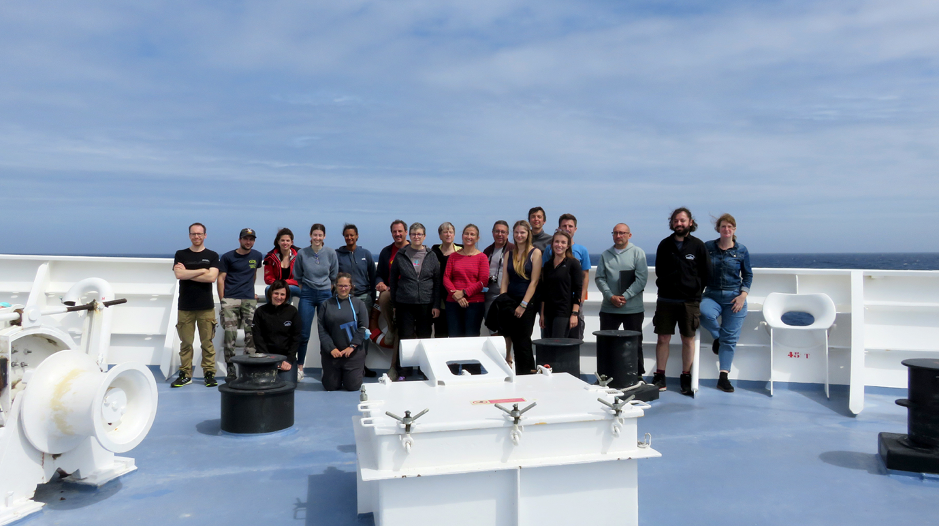
Publication date: 27/06/2022
Press, Research
Related teams :
Marine Geosciences
Related themes : Earth and Planetary Interiors






